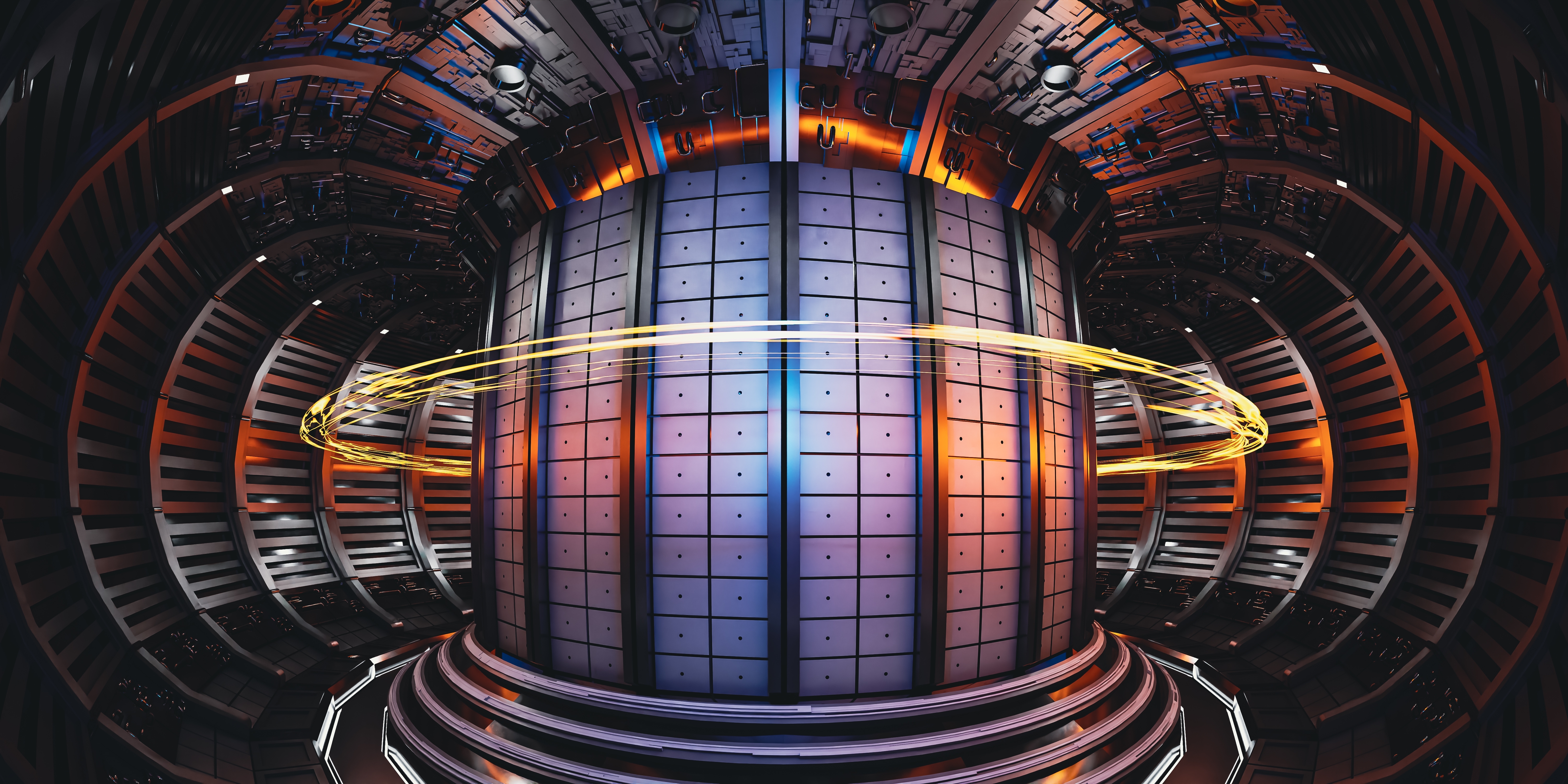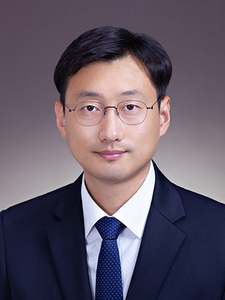Energy & Economics
Accelerating the realization of nuclear fusion: A clear milestone is needed

Image Source : Shutterstock
Subscribe to our weekly newsletters for free
If you want to subscribe to World & New World Newsletter, please enter
your e-mail
Energy & Economics

Image Source : Shutterstock
First Published in: Oct.15,2025
Oct.15, 2025
A few days ago, the author visited Commonwealth Fusion Systems (CFS) near Boston, USA. CFS is one of the most highly watched fusion energy startups in the world, currently constructing SPARC, a next-generation experimental device utilizing high-temperature superconductor technology. The researchers I met there were filled with confidence that nuclear fusion commercialization would be possible soon, and their passion resonated deeply. At the same time, it raised concerns about what we are doing and whether we are falling behind.
The reason the world is accelerating efforts to advance the commercialization of fusion power is clear. As the heat wave continues to exceed 30°C even in September, it shows that the climate crisis has become a part of our daily lives. At the same time, rapidly evolving generative artificial intelligence (AI) is signaling an unprecedented demand for electricity. Faced with the dual challenge of responding to the climate crisis and the surge in energy demand, there is an urgent need for a new energy source that can ensure stable supply while minimizing environmental impact. Recently, fusion energy has been gaining attention as a next-generation energy source that meets these conditions.
Fusion energy is a clean energy source that emits no carbon, and it uses hydrogen isotopes as fuel, which are virtually inexhaustible. It is often called the 'ideal energy source' because it is not constrained by weather or geographical conditions. Although the technical difficulty has historically been so high that it was considered an 'endless challenge,' the situation has now changed. In 2022, the U.S. Lawrence Livermore National Laboratory (NIF) succeeded in achieving 'net energy gain'—producing more energy than was input—in a laser-driven fusion experiment, raising expectations for the realization of fusion power. Furthermore, the fact that over 50 private companies worldwide are now diving into technology development with the goal of early commercialization shows that nuclear fusion is no longer a distant dream.
Major nations are already focusing their national capabilities by presenting phased goals and execution plans. The U.S. has established a public-private partnership-based national strategy to actively support the endeavors of startups like CFS. China is promoting the construction of a demonstration reactor called CFEDR and, as a precursor, plans to complete the BEST device, capable of burning plasma operation, by 2027. The U.K. is ramping up national preparations by constructing the STEP device with a target of 2040, while also putting in place the engineering technology research facilities and institutional framework to support it.
South Korea also possesses research capabilities that are by no means lagging. The core technology accumulated through the construction and operation of KSTAR is world-class, and its experimental results are internationally recognized. The country's experience in operating nuclear power plants is also an asset for future fusion engineering technology development. However, since the establishment of the ‘Nuclear Fusion Energy Realization Acceleration Strategy' last year, no specific roadmaps and execution plans have been revealed publicly. It is necessary to recall that the clear path from KSTAR to ITER to DEMO in the past allowed us to dedicate ourselves to the construction and operation of KSTAR, enabling South Korea to join the ranks of advanced nuclear fusion nations.
Major countries around the world are currently moving ahead rapidly, aiming for commercialization in the 2030s and 2040s. To avoid being left behind in this competition, South Korea must urgently formulate an innovative plan for constructing a fusion demonstration reactor, targeting a demonstration in the 2030s. Furthermore, key technologies and large-scale research infrastructure must be strategically secured. A clear goal is essential to ensure that research and investment do not lose direction. Once the execution plan is clearly defined, universities can lead the necessary research and train appropriate talent, and young researchers can envision a future for themselves.
Nuclear fusion is a new energy source that can simultaneously solve the climate crisis and energy security issues. What we need is a specific plan to realize it and unwavering determination to execute it. If we make the right choices and preparations now, South Korea can leap forward as an energy powerhouse that future generations can trust and rely on.
First published in :

Professor, Department of Nuclear and Quantum Engineering, Korea Advanced Institute of Science and Technology (KAIST)
choongkisung@kaist.ac.kr
Unlock articles by signing up or logging in.
Become a member for unrestricted reading!